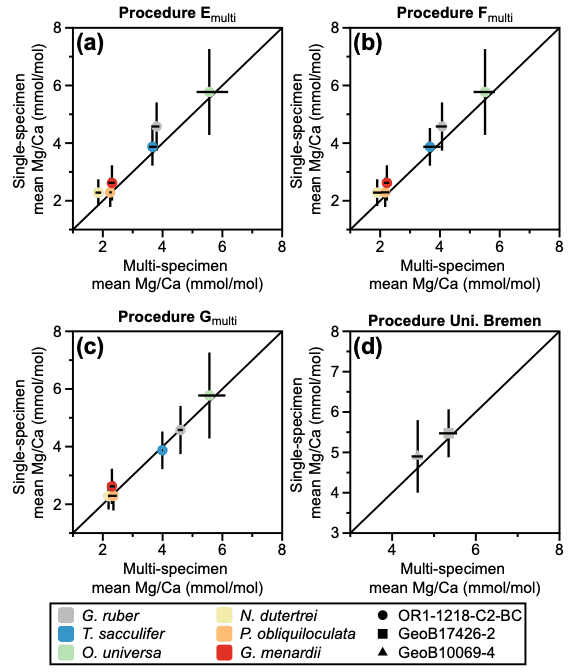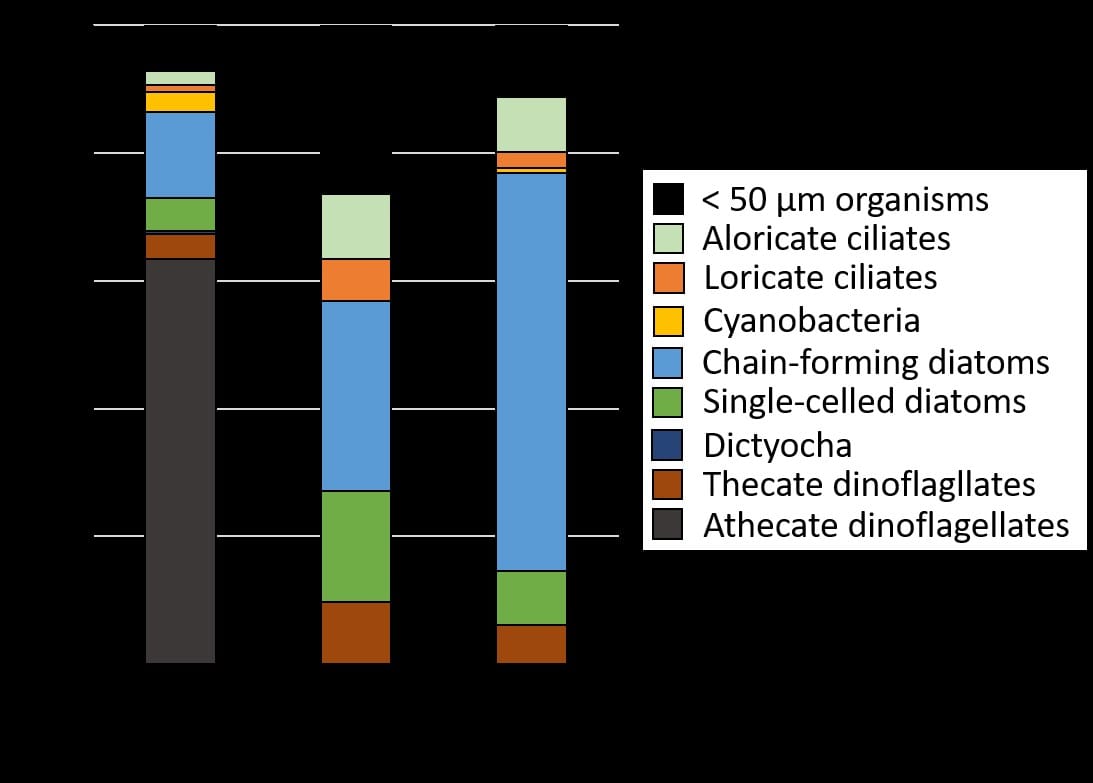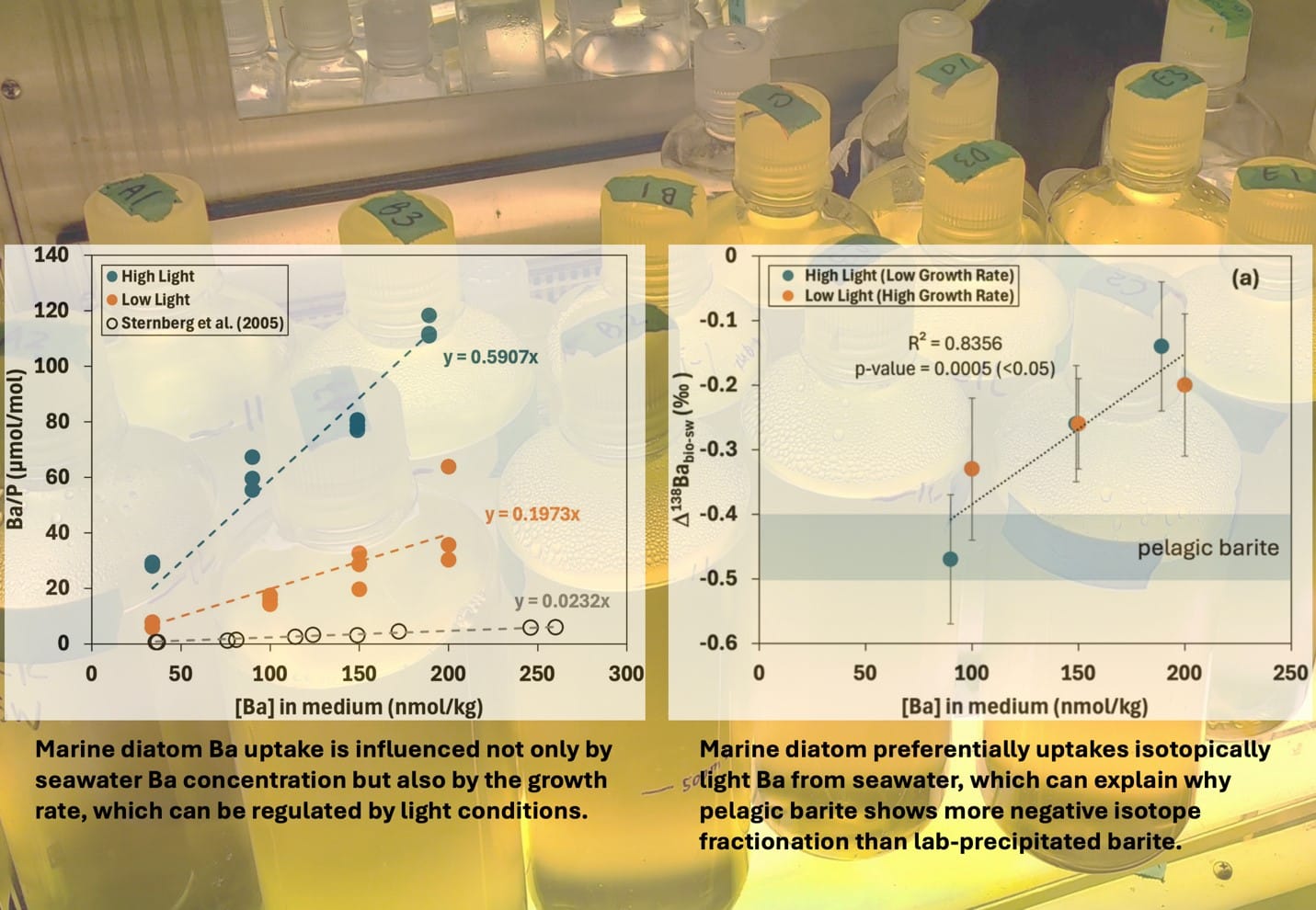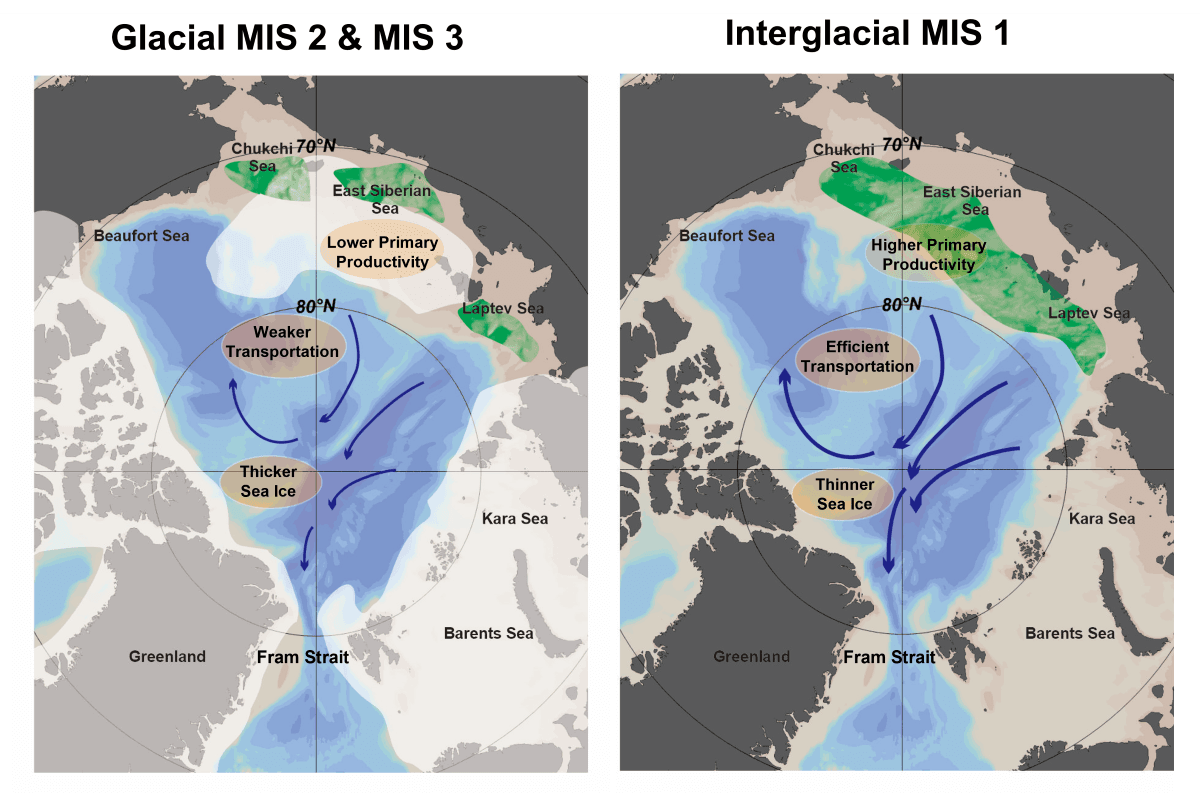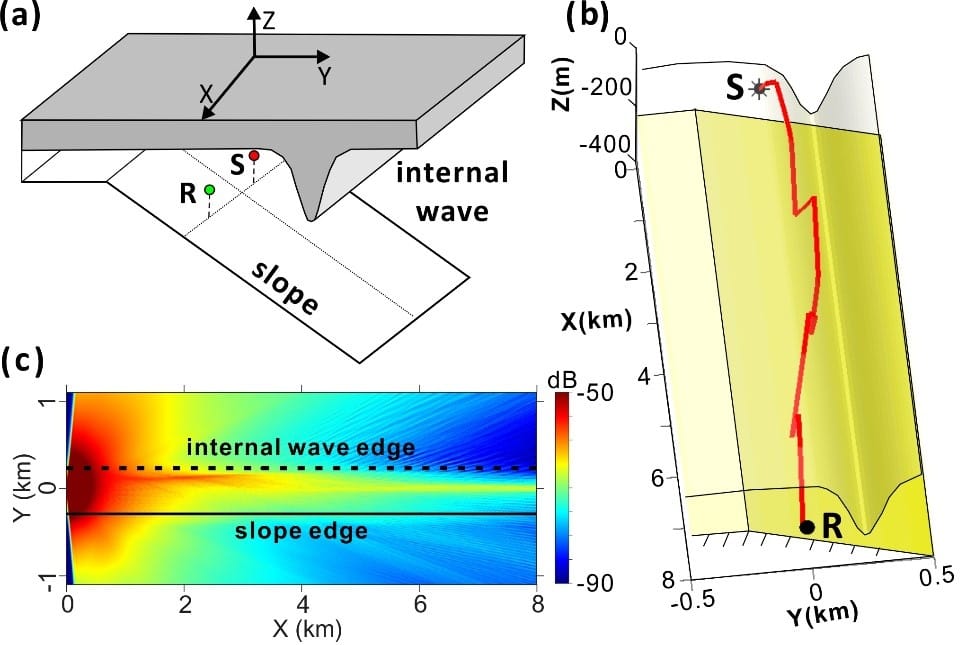Speaker:Dr. Akifumi S. Tanabe (National Research Institute of Fisheries Science, Japan Fisheries Research and Education Agency)
Title:Bridging between NGS data and community ecology: Methods and an application.
Time:10/12 (Wed) 13:30
Location:2nd floor large lecture hall of IONTU
Abstract
DNA barcoding technique enabled us to reuse identification results by experts using DNA as a medium. In combination with next-generation sequencing (NGS), DNA barcoding can provide list of members of ecological community by sequencing metagenomes of community members and is also revolutionizing community ecological studies. Such combination of DNA barcoding and NGS is called as “metabarcoding”. Metabarcoding has been used for bacterial or microbial community profiling and rapid new species screening, is becoming essential tool in not only microbial community ecology and taxonomy but also in meso- and macro-organismal community ecology, and has a potential for whole community profiling of all organisms. To achieve such goal, I and a colleague developed universal taxonomic assignment algorithm named as “QCauto” which is applicable to identification of any DNA-based organisms using nucleotide sequences of any loci. QCauto requires just reference nucleotide sequence database and associated taxonomy database, and does not require phylogenetic tree and/or supervised learning. I will show that this method can identify new species of new order of existing class as such. In addition, I also developed integrated analysis pipeline named as “Claident” including QCauto-implemented taxonomic assignor for NGS metabarcoding studies. I and colleagues investigated summer plankton community structure in Yatsushiro Sea during 2011-2015 with the aid of metabarcoding and Claident. I will present the results of phylogenetic community structure analysis, PERMANOVA and detection of aggregation and segregation among member taxa. These results implied that there are weak competition among closely-related taxa, strong environmental preference and negative interactions between zooplankton species and phytoplankton species.

